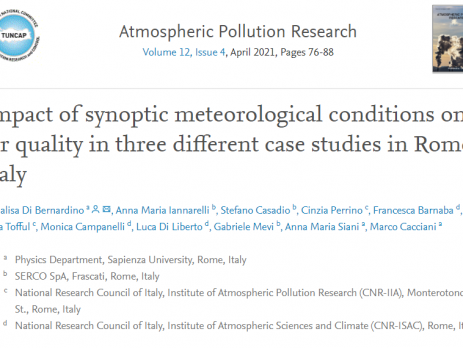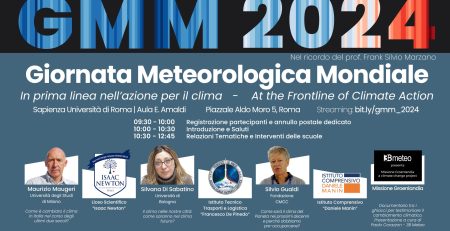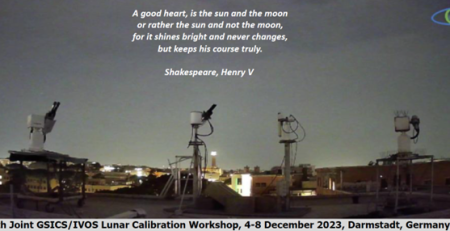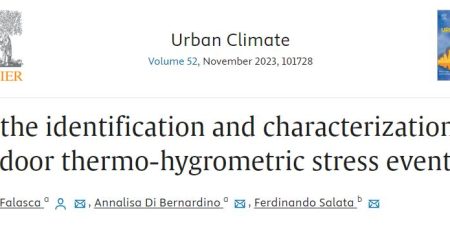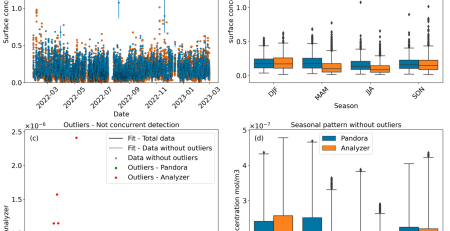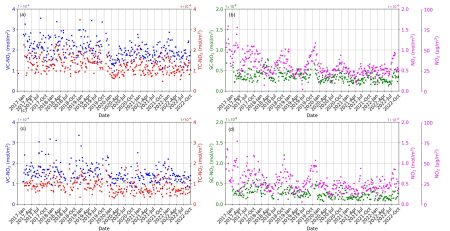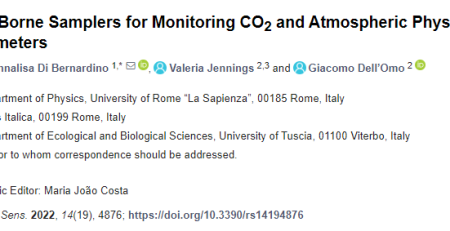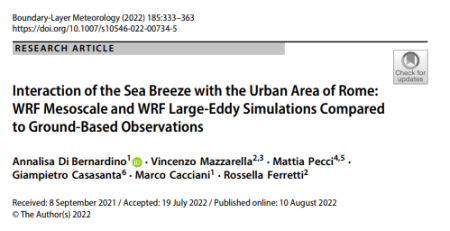Article published on Atmospheric Pollution Research: Impact of synoptic meteorological conditions on air quality in three different case studies in Rome, Italy
This study analyses the influence of synoptic weather conditions on atmospheric particulate matter concentration and composition during an intensive measurement campaign, performed in the urban area of Rome (Italy) in winter 2017. To evaluate the effect of local particulate sources, data from several urban and rural ground-based air quality stations were considered. The analysis involved the following atmospheric parameters: wind speed and direction near the ground, air temperature, specific humidity, height and evolution of the mixing layer. Furthermore, the daily variability of aerosol optical depth, tropospheric and near-surface nitrogen dioxide amounts were investigated. Results show that the natural removal of particulate matter is favoured by intense, continental winds. Contrariwise, when persistent thermal inversion occurs, pollutant dispersion is very limited and high concentrations are recorded by urban stations. Finally, in the case of Saharan dust outbreaks, an increase in the particulate content in both urban and rural stations is notable. Consequently, specific measurements aimed at improving air quality in urban environments should be planned according to synoptic weather and aerosol forecasts. This keeps valid in specific conditions of long-range transport of desert dust particles when the natural contribution could exceed that of pollutants from anthropogenic emissions.
Authors: Annalisa Di Bernardino et al.
DOI: 10.1016/j.apr.2021.02.019









